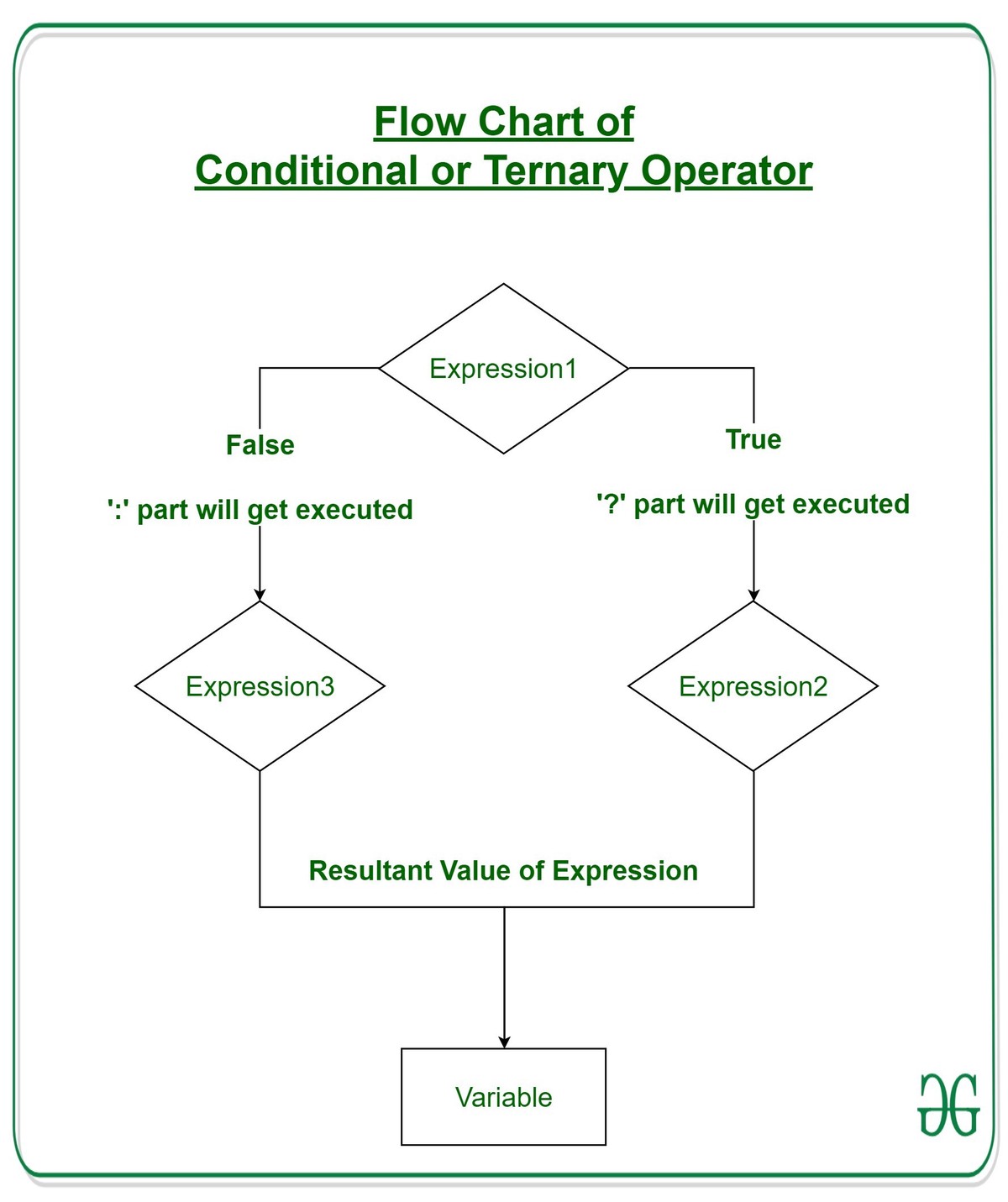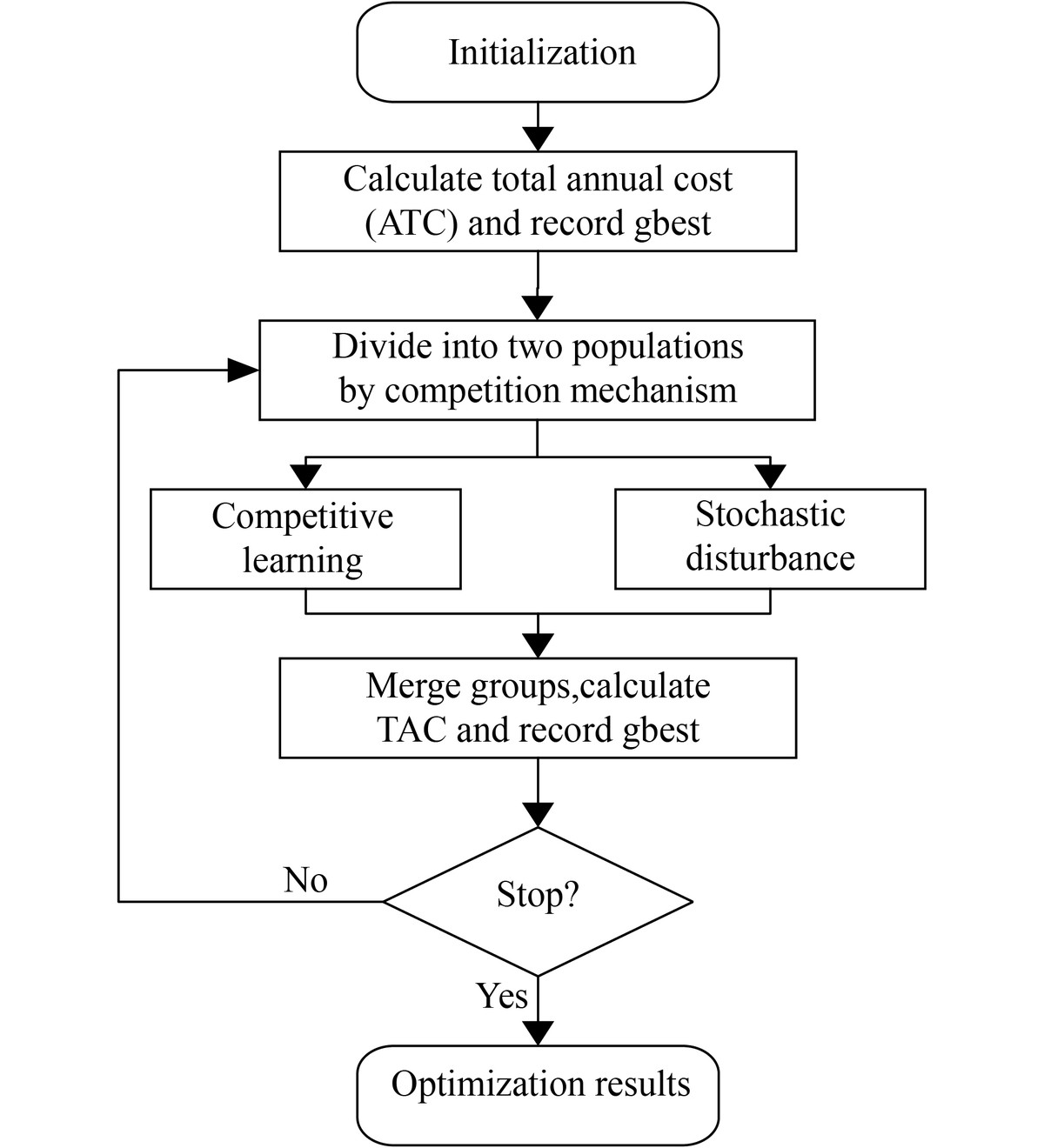

=======================================================
Order flow indicators are powerful tools for traders looking to gain a deeper understanding of market dynamics. These indicators provide insights into the buying and selling activity occurring in the market, which is crucial for making informed trading decisions. This article will explore how to use order flow indicators effectively, the best strategies to employ, and the potential advantages and challenges of relying on them in different trading environments.
- What Are Order Flow Indicators?
———————————-
Order flow indicators represent the real-time flow of buy and sell orders in the market, offering traders valuable insights into market sentiment and potential price movements. These indicators can help traders assess the strength of price trends, anticipate market reversals, and gauge the overall market liquidity.
1.1 Types of Order Flow Indicators
- Volume Profile: This tool provides a visual representation of the volume traded at each price level. It helps traders identify significant price levels where buying or selling activity is concentrated.
- Bid-Ask Spread: By tracking the difference between the bid (buy) and ask (sell) prices, traders can gain insights into market liquidity and potential volatility.
- Delta: Delta measures the difference between buying and selling volume, giving traders a clear picture of which side of the market is stronger (buyers vs. sellers).
- Time and Sales: This indicator displays individual trades as they occur in real time, helping traders analyze the pace and size of market activity.
- Footprint Charts: Footprint charts provide a detailed view of market orders at each price level, highlighting the number of contracts traded at the bid and ask price.
- Why Order Flow Analysis Is Important in Trading
————————————————–
Order flow analysis is a key component of trading strategies, especially for traders looking to gain an edge in volatile or liquid markets. Unlike traditional technical analysis, which focuses on historical price data, order flow analysis provides a real-time view of market sentiment.
2.1 Key Benefits of Order Flow Analysis
- Real-Time Market Insight: Order flow indicators allow traders to see the current market sentiment in real-time. This can be especially useful for day traders and scalpers looking to capitalize on short-term price movements.
- Better Understanding of Liquidity: Order flow tools give traders a sense of liquidity, allowing them to identify areas of the market where there is more or less buying/selling pressure.
- Anticipating Price Movements: By analyzing the flow of orders, traders can predict where price movements might occur based on support and resistance levels formed by large trades or order clusters.
- Identifying Market Reversals: Sudden shifts in order flow can signal potential market reversals, allowing traders to enter or exit positions at optimal times.
2.2 Impact on Market Trends
Order flow data reveals the underlying dynamics driving price movements. If a large number of buy orders are placed, it may indicate an upward trend, whereas heavy selling activity could suggest a downtrend. By continuously monitoring these indicators, traders can adjust their strategies to stay in sync with market trends.
- Effective Strategies for Using Order Flow Indicators
——————————————————-
To effectively use order flow indicators, it’s essential to understand the broader market context and combine order flow analysis with other technical or fundamental tools. Below are two primary strategies for using order flow indicators.
3.1 Strategy 1: Volume Profile for Identifying Support and Resistance Levels
One of the most common strategies for using order flow indicators is to analyze the volume profile to identify key support and resistance levels. The volume profile displays the amount of trading activity at different price levels, helping traders spot areas where prices are likely to reverse or consolidate.
How It Works:
- Support Levels: If a large volume of orders is concentrated at a particular price level, it indicates strong support. Price may have a higher chance of bouncing back from this level due to the accumulation of buy orders.
- Resistance Levels: Similarly, if significant selling volume is observed at a certain price point, it represents strong resistance. Price is likely to struggle to break through this level.
Advantages:
- Clear Entry and Exit Points: Traders can identify optimal price levels to enter and exit trades based on where high volumes are traded.
- Accuracy: This strategy provides more precise information than traditional support and resistance analysis, as it focuses on actual market participation.
Disadvantages:
- Lagging Indicator: Volume profiles are based on historical data, so they may not always reflect the most up-to-date market conditions.
- Complexity: Interpreting volume profiles requires experience and a good understanding of market behavior, making it more suitable for advanced traders.
3.2 Strategy 2: Delta Divergence for Trend Confirmation and Reversal
Delta divergence is another popular order flow strategy that focuses on the difference between buying and selling volume. When the delta indicator shows divergence between price movement and order flow, it can signal a potential market reversal or trend continuation.
How It Works:
- Bullish Divergence: If prices are making lower lows while the delta shows increasing buying volume, this may indicate that the selling pressure is weakening, signaling a potential reversal to the upside.
- Bearish Divergence: Conversely, if prices are making higher highs while delta shows decreasing buying volume (or increasing selling volume), this suggests that the buying momentum is fading, and a reversal to the downside may occur.
Advantages:
- Trend Confirmation: Delta divergence can help confirm existing market trends, making it a useful tool for traders looking for confirmation before entering a trade.
- Early Reversal Signals: Divergence between price and delta can provide early warnings of potential reversals, giving traders a chance to profit from market changes before they fully materialize.
Disadvantages:
- False Signals: Like other indicators, delta divergence can produce false signals, especially in choppy or range-bound markets.
- Requires Expertise: Successfully interpreting delta divergence requires a high level of expertise, making it more suitable for experienced traders.
- How to Read Order Flow Charts Accurately
——————————————-
Reading order flow charts requires an understanding of various chart patterns and how they relate to price movement. Here are a few tips for reading order flow charts effectively:
4.1 Focus on Large Trades
Look for large trades or blocks of orders that deviate significantly from normal trading volume. These large trades often signify institutional activity and can indicate a shift in market sentiment.
4.2 Watch for Imbalances
An imbalance between buying and selling pressure, as reflected in delta or bid-ask spread analysis, can signal an imminent price movement in the direction of the imbalance.
4.3 Track the Pace of Market Activity
Pay attention to the speed and frequency of trades, as rapid trades can indicate high volatility, while slower trades may signal indecision or consolidation.
- Frequently Asked Questions (FAQ)
———————————–
1. What tools can I use to analyze order flow in trading?
There are several tools available for order flow analysis, including Volume Profile, Delta, and Footprint Charts. Platforms like NinjaTrader, Sierra Chart, and MarketDelta offer specialized tools for analyzing order flow in real-time.
2. How can order flow indicators improve my trading strategy?
Order flow indicators provide insights into market liquidity, order imbalances, and potential trend reversals. By using these tools in combination with traditional technical analysis, you can make more informed trading decisions and potentially identify opportunities ahead of the broader market.
3. Can order flow indicators be used in all types of markets?
Yes, order flow indicators are versatile and can be applied in various markets, including forex, equities, commodities, and cryptocurrency. However, the effectiveness of specific indicators may vary depending on the market’s liquidity and volatility.
- Conclusion
————-
Order flow indicators are essential tools for traders looking to gain deeper insights into market movements and improve their trading strategies. By combining these indicators with other technical tools, traders can enhance their ability to read market sentiment, identify support and resistance levels, and anticipate price trends. Whether you’re a beginner or an experienced trader, learning how to use order flow indicators effectively can provide a significant edge in the market.
💬 How do you incorporate order flow analysis into your trading strategy? Share your experiences and insights in the comments below!

0 Comments
Leave a Comment